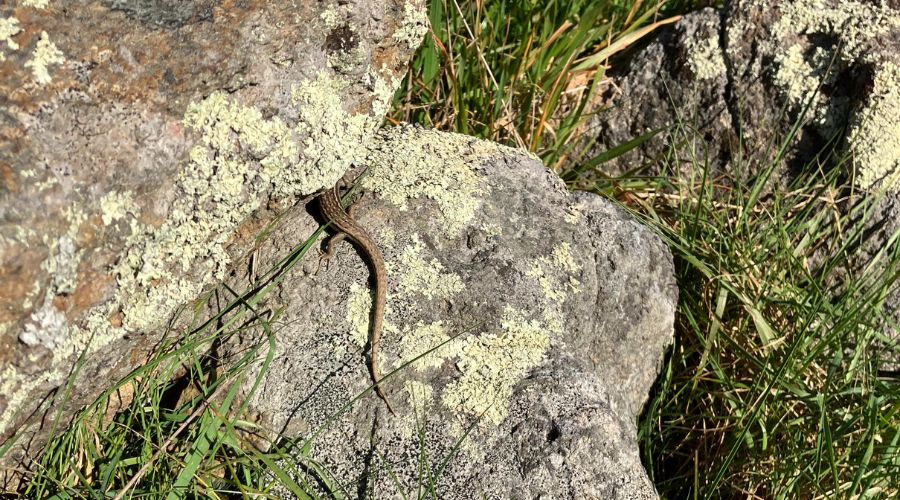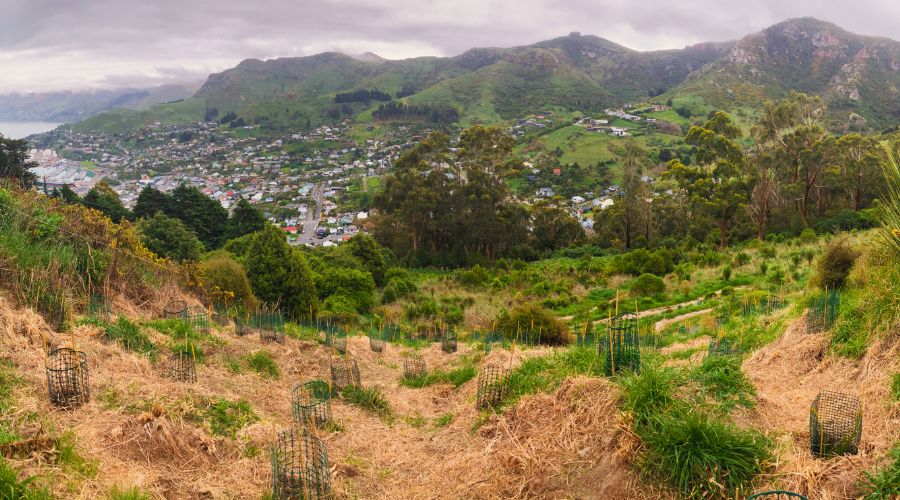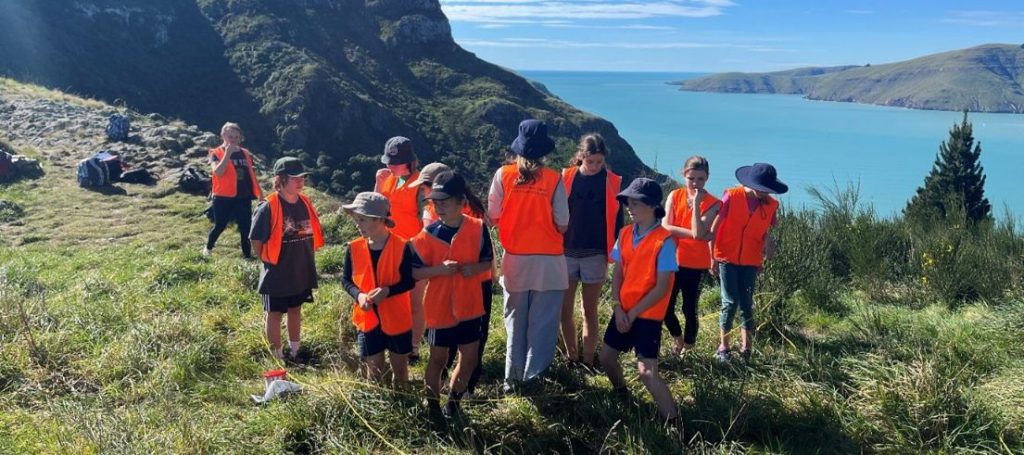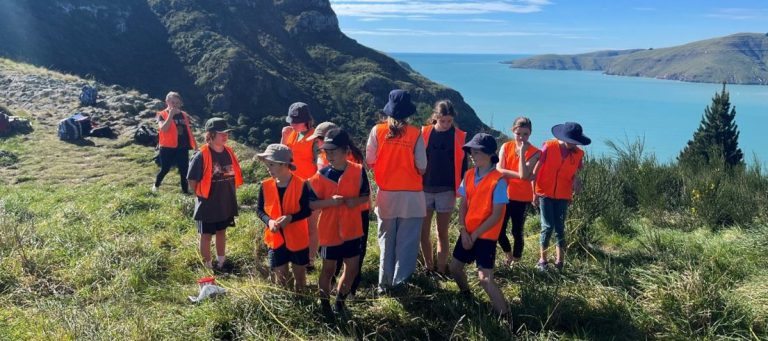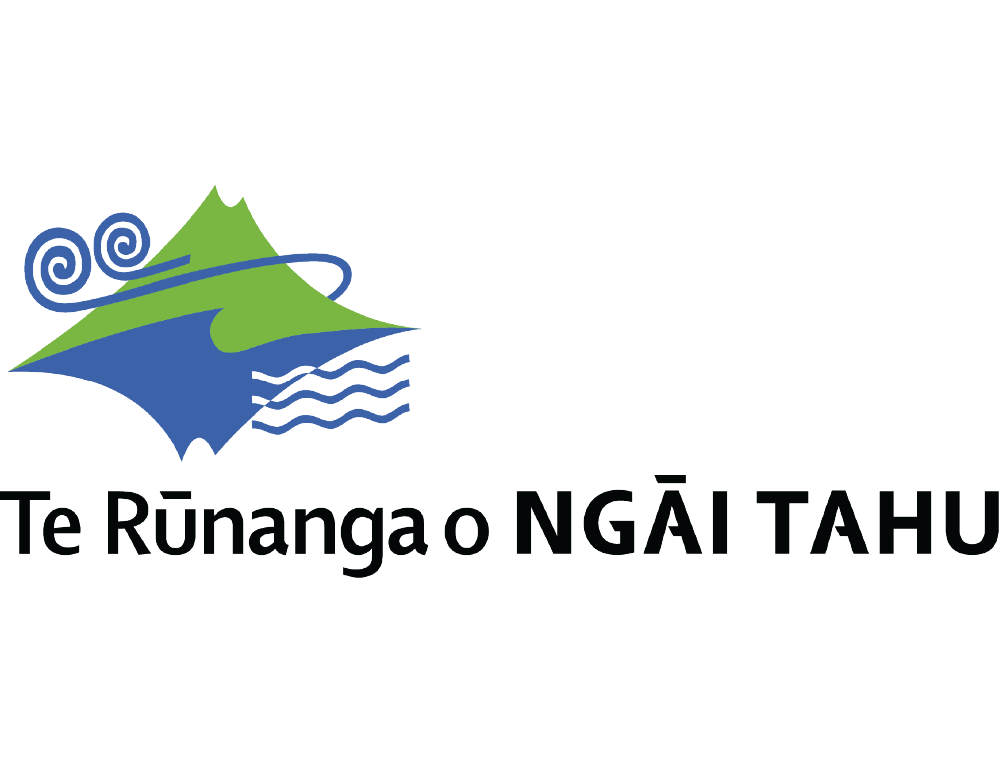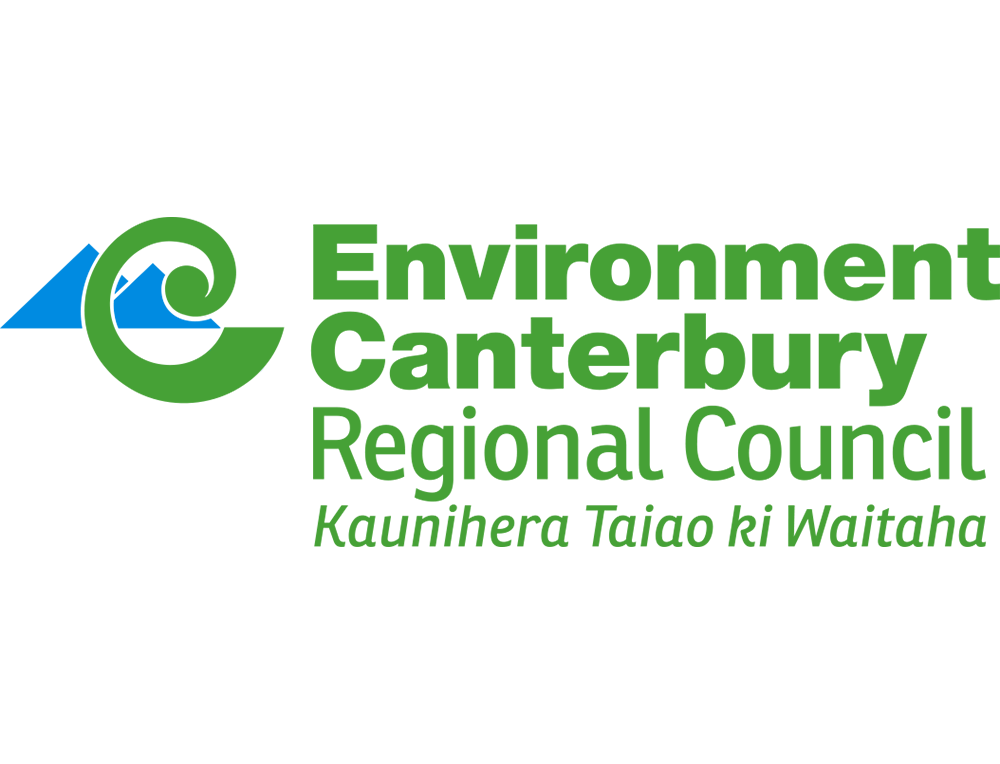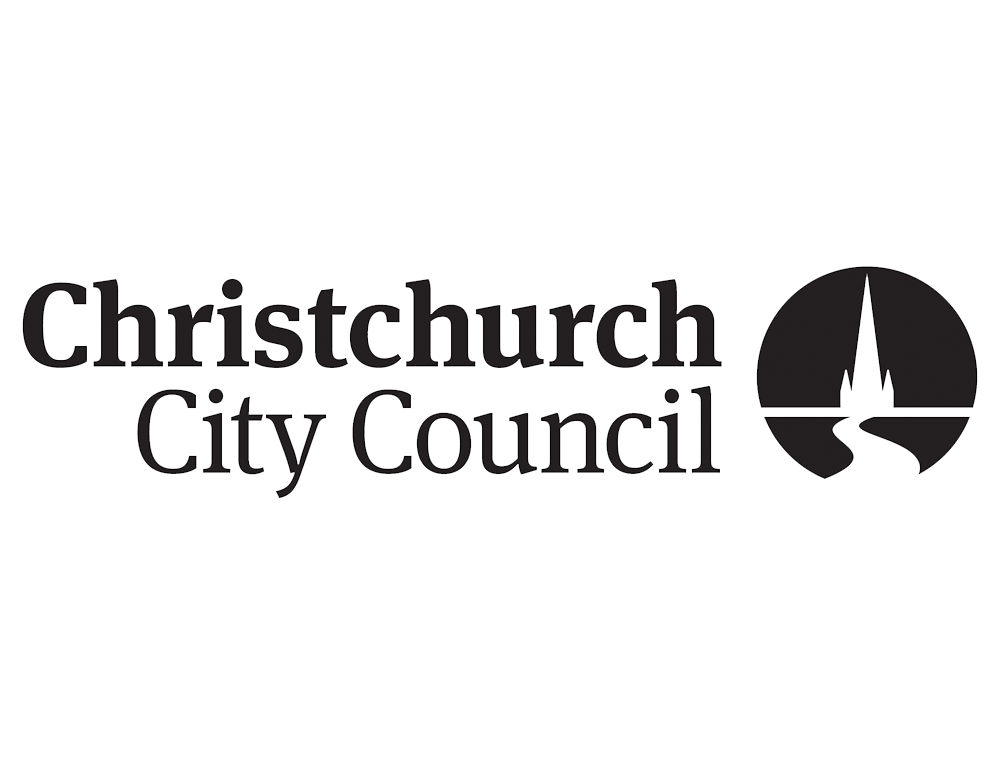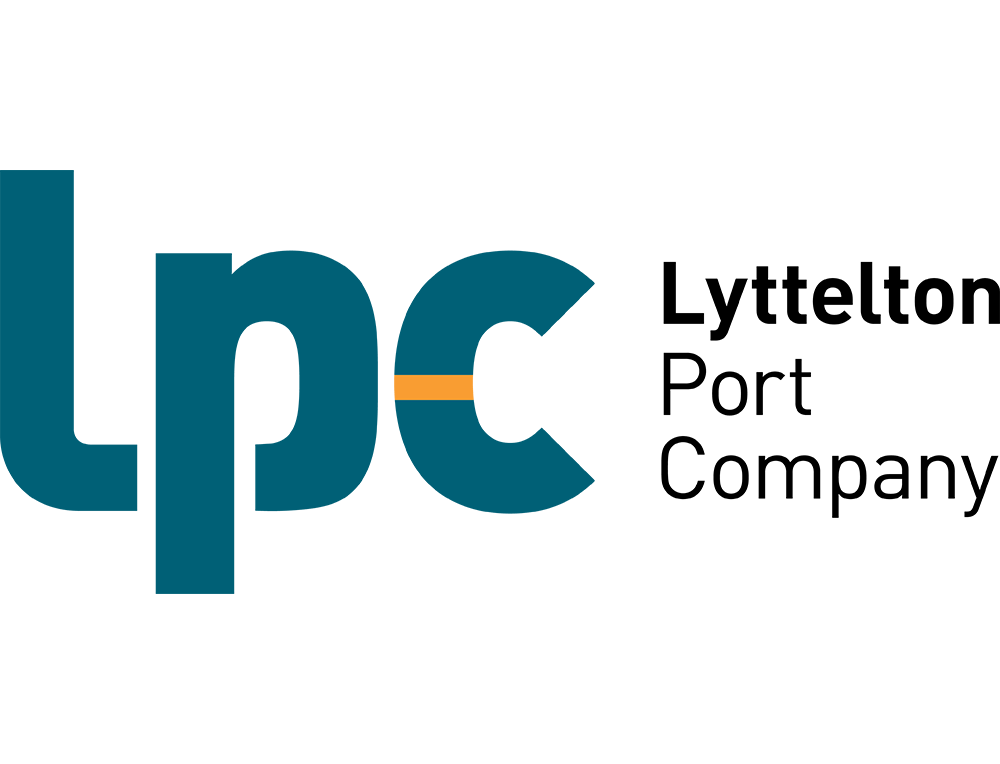In the picturesque Whakaraupō/Lyttelton Harbour area, two kura/primary schools have embarked on their annual sustainable community project.
Whakaraupō is home to five Enviroschools comprised of three primary schools and two early childhood education centres. We are the coordinating agency for Enviroschools in Waitaha/Canterbury. We currently support over 122 Enviroschools on their long-term education for sustainability journeys. Through Enviroschools, ākonga/learners connect with and explore the environment, then plan, design and take action in their local places in collaboration with their communities.
Revitalising Port Saddle
At the heart of this project lies Port Saddle, a 17-hectare block of land owned by the Lyttelton Port Company (LPC). In partnership with Banks Peninsula Conservation Trust, the Port Saddle boasts a multi-year restoration plan designed to enhance indigenous flora and fauna, all while supporting recreational activities and accessibility for the community.
Since its initiation in 2017, the restoration project has seen the establishment of approximately 3000 new plants on-site, over 4500 volunteer hours contributed, 20 plant species used, and the involvement of nine community organisations. LPC is one of the five partner organisations committed to implementing actions from the Whaka-Ora Healthy Harbour Plan, with the Port Saddle restoration project contributing towards outcomes.
Kura unite for environmental restoration
This year, Lyttelton Primary School and Diamond Harbour Primary School joined forces to carry on the restoration project while deepening their knowledge of the local environment. The day had several rotations designed to engage tamariki/children, including native tree planting, identification and control measures for introduced predators, and a session focused on monitoring native skinks and geckos.
“Our vision is to make it full of native trees and animals so that there’s a good habitat for birds. We hate rats!” – student reflection
Participants focused on the in-fill planting of kōwhai aimed at creating a welcoming habitat for manu/birds, including the tūī which calls Te Pataka o Rakaihautū/Banks Peninsula home but is currently not commonly found in Ōtautahi/Christchurch. This work revolves around establishing native corridors for birds to safely travel between habitats within the harbour.
Highlights from the day included spotting skinks sunbathing on the rocky outcrops, which tamariki identified as either McCann’s skink or the Canterbury grass skink. Tamariki also tracked possums, rats, and invertebrates while forging a connection with the natural beauty on their doorstep.
Spot the skink! Tamariki were able to identify two types of skink found around the project site
Each kura is actively involved in their respective communities and the Lyttelton Log Exporters Group will gift a predator monitoring kit to the schools so they can put the knowledge gained through the Port Saddle event to use around their community. Tamariki were very excited to learn about the motion sensor cameras and how to utilise tracking tunnels and chew cards.
The ultimate goal is to share these valuable resources and data with all kura in Whakaraupō, perpetually improving te taiao/our environment.
The event was supported by the Banks Peninsula Conservation Trust for planting, Boffa Miskell for predator identification and management, Lyttelton Port Company, and Enviroschools.
